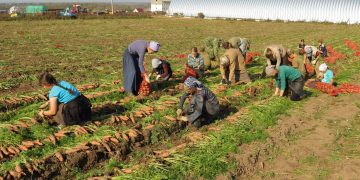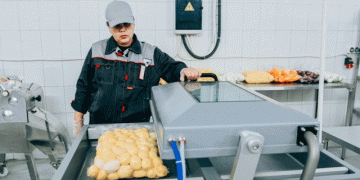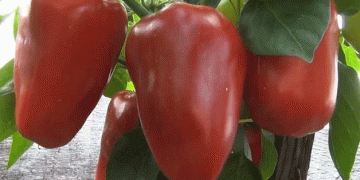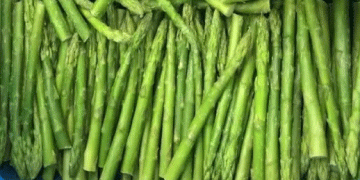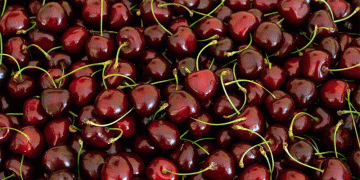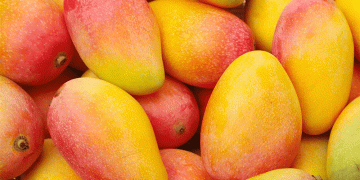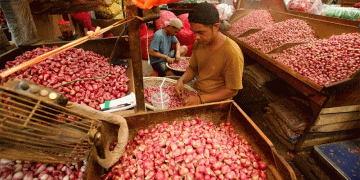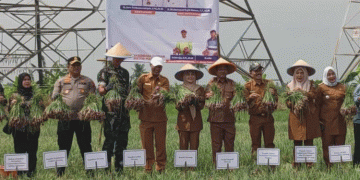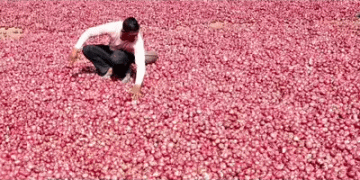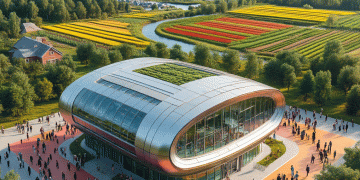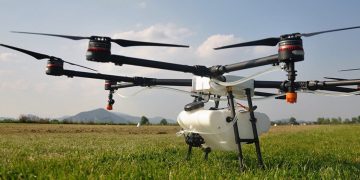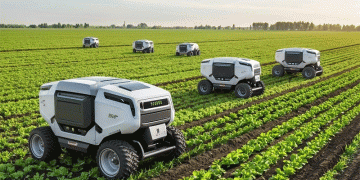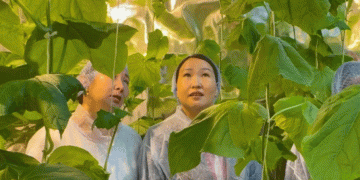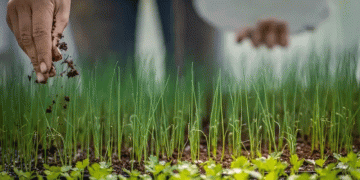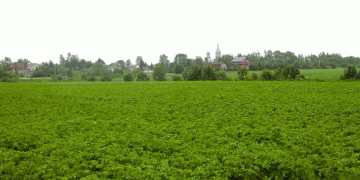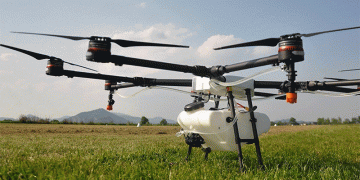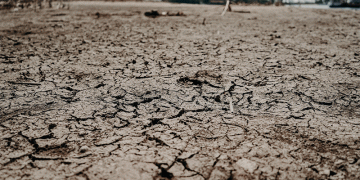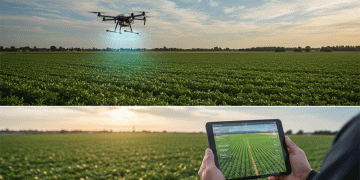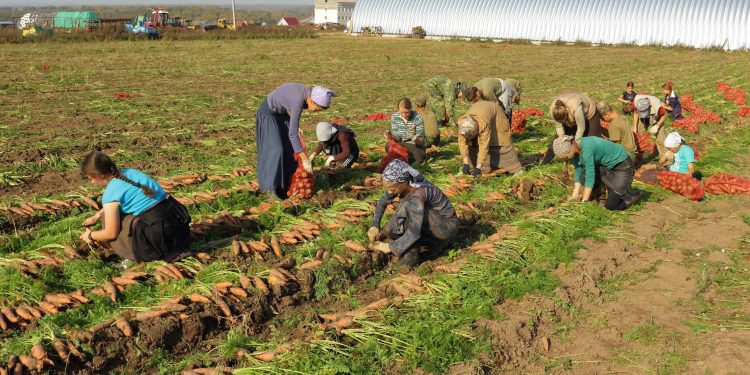We tell you what the quota for the work of foreign citizens for 2023 is and who it applies to.
Which NPA sets quotas for the work of foreigners
Russia, like other countries, is making certain efforts to protect the national labor market. Among them is the restriction of hiring foreign workers by introducing quotas for attracting foreign labor from other countries. Within their limits, employers are issued permits to attract migrants, and migrants — work permits. (Articles 18, 18.1 115-FZ).
It is impossible to attract visa foreigners without such documents (Article 13 115-FZ). Otherwise, the fine cannot be avoided.
Who is not covered by the established quotas
Some categories have the right to work outside of restrictions.
Among them:
- arrived on a visa-free basis. It is not difficult for an employer to find out which foreign workers from which countries quotas do not apply — it is necessary to study the list of states whose citizens do not need a visa to stay in the Russian Federation. First of all, these are the members of the EAEU;
- having a RVP or a residence permit;
- highly qualified specialists;
- refugees and temporary migrants;
- participants of the program of resettlement of compatriots;
- students studying in the Russian Federation;
- members of creative teams during the tour for up to 30 days.
In addition, the restrictions do not apply to the involvement of foreign citizens — specialists who are employed in specialties from the list established by the Order of the Ministry of Labor of the Russian Federation dated 02/14/2022 No. 58n. There are no quotas for attracting foreign workers of these specialties.
How to get a quota
The need for foreign labor is established by the procedure defined by the Order of the Ministry of Labor of the Russian Federation No. 27n of 23.01.2014. Based on it, the algorithm for how to get a quota for foreign workers for 2023 looks like this:
- Employers of a subject of the Federation submit applications to the authorized body (usually an Employment Center or Employment Department) indicating the number of required specialists in a form determined by the order (paper or electronic, with the help of AIC Migration quotas). If an organization needs to get work quotas for foreigners in 2023 for several regions, an application is submitted in each of them.
- The Commission for Attracting Migrants studies applications and forms a consolidated need of the region for foreign workers by industry and specialty.
- The Ministry of Labor, based on the results of studying regional applications, determines the all-Russian quota in numerical terms.The Government fixes it by an appropriate resolution.
- On the basis of proposals from the regions, quotas are distributed and relevant documents are formed.
Such a process as obtaining a quota for foreign workers for 2023 is usually started in advance. But if they didn’t have time, it’s okay, the number of permits issued is adjusted at any time, based on the needs of the subjects of the Federation. In case of changes, the Ministry of Labor issues appropriate orders.
Organizations quite often apply for permits to hire IG, but can an individual entrepreneur without employees attract foreign workers according to a quota? The answer is given by Article 13 115-FZ. Employers for migrants are both legal entities and individuals, including citizens (both of the Russian Federation and other countries) registered as sole proprietors.
What quotas are set for 2023
By Decree of the Government of the Russian Federation No. 2171 dated 30.11.2022, quotas for the work of foreigners for 2023 for priority professional qualification groups were approved. There has been a reduction in the need, compared to last year, 2022, and its establishment in the following size:
invitations to enter the Russian Federation — 123 943 pcs.;
work permits — 123 943 pcs.
Recall that last year, 2022, the need was:
invitations to enter the Russian Federation — 124 007 pcs.;
work permits — 124 007 pcs.
The need for labor in the presence of special circumstances and in accordance with the requests of the regions can be adjusted at any time.
The Order of the Ministry of Labor and Social Protection of the Russian Federation No. 777n dated 12.12.2022 defines how the total number of quotas for 2023 is distributed among the regions of the Russian Federation.
In what areas are foreigners allowed to work
The Government of the Russian Federation limits the percentage of foreign workers in certain fields of activity. For the current year, the restrictions are defined by Government Decree No. 1751 of 03.10.2022. According to it, the permissible share of foreign workers for 2023 by industry is:
- growing vegetables (code 01.13.1) — in the amount of 50%;
- forestry and logging (code 02) — in the amount of 50%;
- wood processing and production of wood and cork products, except furniture, production of straw products and materials for weaving (code 16) — in the amount of 50%;
- construction (section F) — in the amount of 80%;
- wholesale of wood raw materials and unprocessed timber (code 46.73.1) — in the amount of 50%;
- wholesale lumber trade (code 46.73.2) — in the amount of 50%;
- retail sale of alcoholic beverages, including beer, in specialty stores (code 47.25.1) — in the amount of 15%;
- retail sale of tobacco products in specialty stores (code 47.26) — in the amount of 15%;
- retail sale of medicines in specialized stores (pharmacies) (code 47.73) — in the amount of 0%;
- retail trade in non—stationary retail facilities and markets (code 47.8) – in the amount of 0%;
- other retail trade outside shops, tents, markets (code 47.99) — in the amount of 0%;
- activities of other land passenger transport (code 49.3) — in the amount of 24%;
- the activity of road freight transport (code 49.41) — in the amount of 24%;
- real estate management for remuneration or on a contractual basis (code 68.32) — in the amount of 70%;
- maintenance of buildings and territories (code 81) — in the amount of 70%;
- other sports activities (code 93.19) — in the amount of 25%.
Responsibility for non-compliance with quotas
For concluding an employment contract with a foreigner by an employer who does not have the right to attract migrants, the organization is threatened (Article 18.15 of the Administrative Code):
fine from 250,000 to 500,000 rubles;
suspension of activity for a period of 14 to 90 days.
For non-compliance with the permissible share of foreign workers (Article 18.17 of the Administrative Code):
fine from 800,000 to 1 million;
suspension of activity for a period of 14 to 90 days.
A source: https://www.klerk.ru
